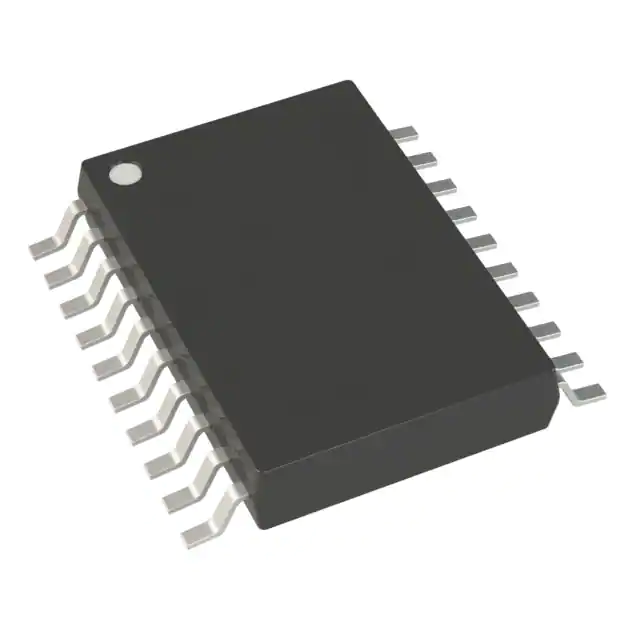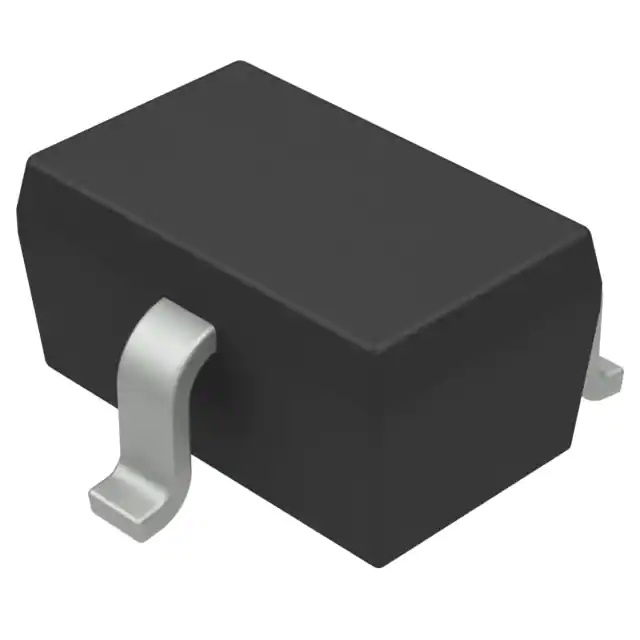- Integrated Circuits (ICs)
- Audio Special Purpose
- Clock/Timing - Application Specific
- Clock/Timing - Clock Buffers, Drivers
- Clock/Timing - Clock Generators, PLLs, Frequency Sy…
- Clock/Timing - Delay Lines
- Clock/Timing - IC Batteries
- Clock/Timing - Programmable Timers and Oscillators
- Clock/Timing - Real Time Clocks
- Data Acquisition - ADCs/DACs - Special Purpose
- Data Acquisition - Analog Front End (AFE)
- Data Acquisition - Analog to Digital Converters (AD…
- Data Acquisition - Digital Potentiometers
- Data Acquisition - Digital to Analog Converters (DA…
- Data Acquisition - Touch Screen Controllers
- Embedded - CPLDs (Complex Programmable Logic Device…
- Embedded - DSP (Digital Signal Processors)
- Embedded - FPGAs (Field Programmable Gate Array)
- Embedded - FPGAs (Field Programmable Gate Array) wi…
- Embedded - Microcontrollers
- Embedded - Microcontrollers - Application Specific
- Embedded - Microprocessors
- Embedded - PLDs (Programmable Logic Device)
- Embedded - System On Chip (SoC)
- Interface - Analog Switches - Special Purpose
- Interface - Analog Switches, Multiplexers, Demultip…
- Interface - CODECs
- Interface - Controllers
- Interface - Direct Digital Synthesis (DDS)
- Interface - Drivers, Receivers, Transceivers
- Interface - Encoders, Decoders, Converters
- Interface - Filters - Active
- Interface - I/O Expanders
- Interface - Modems - ICs and Modules
- Discrete Semiconductor Products
- Diodes - Bridge Rectifiers
- Diodes - Rectifiers - Arrays
- Diodes-Rectifiers-Single
- Diodes - RF
- Diodes - Variable Capacitance (Varicaps, Varactors)…
- Diodes - Zener - Arrays
- Diodes - Zener - Single
- Power Driver Modules
- Thyristors - DIACs, SIDACs
- Thyristors - SCRs
- Thyristors - SCRs - Modules
- Thyristors - TRIACs
- Transistors - Bipolar (BJT) - Arrays
- Transistors - Bipolar (BJT) - Arrays, Pre-Biased
- Transistors - Bipolar (BJT) - RF
- Transistors - Bipolar (BJT) - Single
- Transistors - Bipolar (BJT) - Single, Pre-Biased
- Transistors - FETs, MOSFETs - Arrays
- Transistors - FETs, MOSFETs - RF
- Transistors - FETs, MOSFETs - Single
- Transistors - IGBTs - Arrays
- Transistors - IGBTs - Modules
- Transistors - IGBTs - Single
- Transistors - JFETs
- Transistors - Programmable Unijunction
- Transistors - Special Purpose
- Diodes - Rectifier - Module
- Diodes - TVS
- Transistors - General Purpose
- Thyristor Surge Suppressors
- Diodes
- MOSFETs - Low Voltage Power
- MOSFETs-Small Signal
- Circuit Protection
- Thermal Cutoffs (Thermal Fuses and Breakers)
- TVS - Varistors, MOVs
- TVS - Thyristors
- TVS - Surge Protection Devices (SPDs)
- TVS - Mixed Technology
- TVS - Diodes
- Surge Suppression ICs
- PTC Resettable Fuses
- Lighting Protection
- Inrush Current Limiters (ICL)
- Ground Fault Circuit Interrupter GFCI
- Gas Discharge Tube Arresters (GDT)
- Fuses
- Fuseholders
- Electrical, Specialty Fuses
- Circuit Breakers
- Accessories
- Inductors, Coils, Chokes
- Isolators
- Resistors
- Relays
- Capacitors
- Ceramic Capacitors
- Tantalum Capacitors
- Trimmers, Variable Capacitors
- Thin Film Capacitors
- Tantalum - Polymer Capacitors
- Silicon Capacitors
- Niobium Oxide Capacitors
- Mica and PTFE Capacitors
- Film Capacitors
- Electric Double Layer Capacitors (EDLC), Supercapac…
- Capacitor Networks, Arrays
- Aluminum Electrolytic Capacitors
- Aluminum - Polymer Capacitors
- Accessories
- RF/IF and RFID
- Attenuators
- Balun
- RF Accessories
- RF Amplifiers
- RF Demodulators
- RF Detectors
- RF Directional Coupler
- RF Front End (LNA + PA)
- RF Misc ICs and Modules
- RF Mixers
- RF Modulators
- RF Power Controller ICs
- RF Power Dividers/Splitters
- RF Receiver, Transmitter, and Transceiver Finished …
- RF Receivers
- RF Shields
- RF Switches
- RF Transceiver ICs
- RF Transceiver Modules
- RF Transmitters
- RFI and EMI - Contacts, Fingerstock and Gaskets
- RFI and EMI - Shielding and Absorbing Materials
- RFID Accessories
- RFID Antennas
- RFID Reader Modules
- RFID Transponders, Tags
- RFID, RF Access, Monitoring ICs
- RF Antennas
- RF Circulators and Isolators
- RF Multiplexers
- Subscriber Identification Module (SIM) Cards
- Audio Products
- Sensors, Transducers
- Accessories
- Amplifiers
- Capacitive Touch Sensors, Proximity Sensor ICs
- Color Sensors
- Current Transducers
- Dust Sensors
- Encoders
- Float, Level Sensors
- Flow Sensors
- Force Sensors
- Gas Sensors
- Humidity, Moisture Sensors
- Image Sensors, Camera
- IrDA Transceiver Modules
- Magnetic Sensors - Compass, Magnetic Field (Modules…
- Magnetic Sensors - Linear, Compass (ICs)
- Magnetic Sensors - Position, Proximity, Speed (Modu…
- Magnetic Sensors - Switches (Solid State)
- Magnets - Multi Purpose
- Magnets - Sensor Matched
- Motion Sensors - Accelerometers
- Motion Sensors - Gyroscopes
- Motion Sensors - IMUs (Inertial Measurement Units)
- Motion Sensors - Inclinometers
- Motion Sensors - Optical
- Motion Sensors - Tilt Switches
- Motion Sensors - Vibration
- Multifunction
- Optical Sensors - Ambient Light, IR, UV Sensors
- Optical Sensors - Distance Measuring
- Optical Sensors - Photo Detectors - CdS Cells
- Optical Sensors - Photo Detectors - Logic Output
- Optical Sensors - Photo Detectors - Remote Receiver…
- Industrial Supplies
- Dock and Warehouse - Mirrors
- Carts and Trucks - Carts, Trucks, Jacks, and Dollie…
- Dock and Warehouse - Air Curtain Doors
- Dock and Warehouse - Dock Equipment
- Dock and Warehouse - Ladders, Steps, and Platforms
- Electrical - Cords, Wires and Accessories
- Electrical - Generators
- Electrical - Lighting Accessories
- Electrical - Lighting
- Fans - Agricultural, Dock and Exhaust
- Fans - Blowers and Floor Dryers
- Fans - Components - Motors
- Fans - Components and Accessories
- Fans - Household, Office and Pedestal Fans
- HVAC - Air Conditioners
- HVAC - Air Filters
- HVAC - Air Handlers, Furnaces
- HVAC - Air Purifiers, Dehumidifiers and Humidifiers…
- HVAC - Heaters
- HVAC - Parts and Accessories
- Janitorial and Maintenance Products
- Maintenance - Air Compressor Tools and Accessories
- Maintenance - Magnets
- Maintenance - Mats
- Office Equipment - File Cabinets, Bookcases
- Office Equipment - Food Storage and Preparation
- Office Equipment - Office Supplies
- Office Equipment - Water Fountains and Refilling St…
- Office Furniture - Partitions and Accessories
- Office Furniture - Safes, Secure Storage
- Office Furniture - Tables
- Outdoor Products - Bikes, Racks and Locks
- Outdoor Products - Canopies, Shelters and Sheds
More product categories >>
High-Frequency Underwater Ultrasonic Sensors: The "Eyes" for Deep Sea Exploration
1/7/2025 10:40:19 PM
I. Working Principle of High-Frequency Underwater Ultrasonic Sensors
The working principle of high-frequency underwater ultrasonic sensors is based on the propagation characteristics of sound waves in media. The sensors emit high-frequency ultrasonic signals, which travel through water at a certain speed. When these signals encounter a target object, some of the sound waves are reflected back. The receiver captures the reflected signals and calculates the time difference between the emission and reception. By combining this with the speed of ultrasonic waves in water, the position and distance of the target object can be determined. High-frequency ultrasonic waves have shorter wavelengths, providing higher spatial resolution, making them suitable for precise measurement and imaging.
II. Applications of High-Frequency Underwater Ultrasonic Sensors
(i) Underwater Target Search and Detection
High-frequency underwater ultrasonic sensors play a crucial role in marine science, ocean resource development, and environmental monitoring. They can be used to track the activity ranges and behavior patterns of marine life, providing data support for marine biological research. Additionally, in the exploration of seabed mineral resources, these sensors can penetrate seabed sediments to detect the distribution of mineral resources, aiding in the rational development of marine resources.
(ii) Underwater Robot Navigation and Obstacle Avoidance
Underwater robots need to navigate safely in complex underwater environments while performing tasks. High-frequency underwater ultrasonic sensors provide high-precision distance and position information, enabling robots to monitor surrounding obstacles in real-time and achieve autonomous navigation and obstacle avoidance. For instance, during underwater archaeology or seabed pipeline inspection, sensors help robots avoid obstacles such as coral reefs and shipwreck debris, ensuring the smooth execution of tasks.
(iii) Underwater Structure Monitoring and Inspection
In the field of marine engineering, high-frequency underwater ultrasonic sensors are used to monitor the health of underwater structures. They can detect the degree of corrosion, crack propagation, and internal defects in structures such as underwater bridges, tunnels, and oil platforms. Regular monitoring helps identify potential safety hazards early, providing a basis for maintenance and reinforcement, ensuring the safety and stability of marine engineering projects.
III. Market Situation of High-Frequency Underwater Ultrasonic Sensors
With the development of the marine economy and the increasing demand for underwater operations, the market for high-frequency underwater ultrasonic sensors is experiencing rapid growth. According to market research reports, the market is expected to grow at a high compound annual growth rate in the coming years. The main driving factors include the deepening of marine scientific research, the acceleration of marine resource development, and the increasing demand for underwater safety monitoring. Additionally, as technology continues to advance and costs decrease, the application of high-frequency underwater ultrasonic sensors in civilian fields will further expand.
IV. Technological Development of High-Frequency Underwater Ultrasonic Sensors
(i) Improvement of Sensor Performance
To meet the demands for higher precision and longer-range detection, researchers are constantly optimizing the design and manufacturing processes of high-frequency underwater ultrasonic sensors. By improving piezoelectric materials and transducer structures, the sensitivity and bandwidth of the sensors are enhanced. At the same time, advanced signal processing algorithms, such as adaptive filtering and image enhancement, are employed to further improve the signal-to-noise ratio and imaging quality of the detection signals.
(ii) Application of Multi-Sensor Fusion Technology
A single high-frequency underwater ultrasonic sensor may have detection blind spots or insufficient precision in certain complex environments. Therefore, multi-sensor fusion technology has become a hot research topic. By integrating high-frequency underwater ultrasonic sensors with other types of sensors, such as optical sensors and magnetic sensors, more comprehensive and accurate underwater environmental information can be obtained. This improves the reliability and efficiency of underwater detection and monitoring.
(iii) Development Direction of Intelligence and Automation
With the advancement of artificial intelligence technology, high-frequency underwater ultrasonic sensors are moving towards intelligence and automation. By introducing machine learning and deep learning algorithms, sensors can automatically recognize and classify detected target objects. For example, in underwater biological detection, sensors can automatically identify different species of fish and marine mammals and analyze their behaviors. Moreover, intelligent sensors can make autonomous decisions and plan tasks, enhancing the efficiency and flexibility of underwater operations.
V. Conclusion
High-frequency underwater ultrasonic sensors serve as the "eyes" for deep sea exploration, playing an irreplaceable role in underwater target search, underwater robot navigation, and underwater structure monitoring. With continuous technological advancements and market expansion, high-frequency underwater ultrasonic sensors are poised for broader application prospects. In the future, they will play a greater role in marine scientific research, marine resource development, and underwater safety monitoring, providing stronger support for human understanding and utilization of the ocean. We also look forward to increased investment in research and development by related enterprises and research institutions to drive continuous innovation and development in high-frequency underwater ultrasonic sensor technology, contributing to the prosperity and progress of the marine industry.
Latest Products
-
AD9834BRUZ
Analog Devices Inc.
-
BAV99W,135
Nexperia USA Inc.
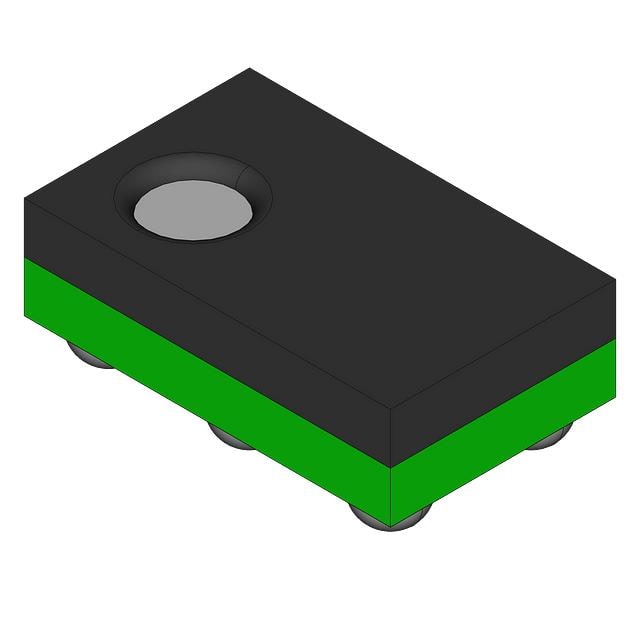
-
IP5002CX8/P135
NXP USA Inc.
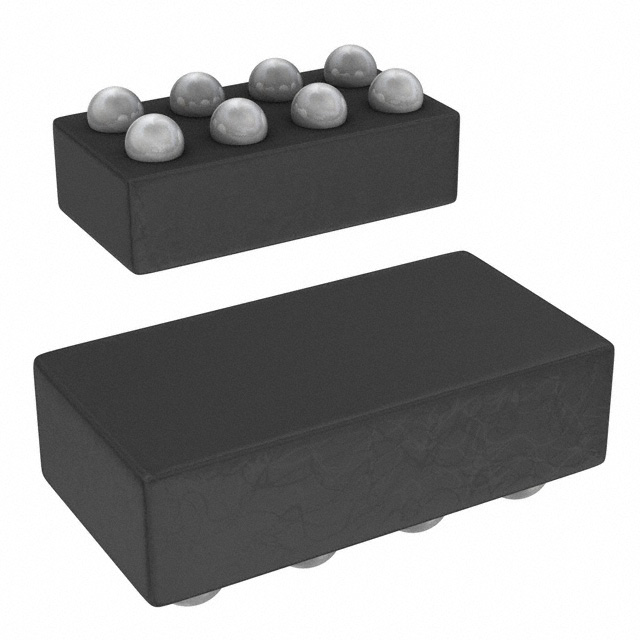
-
ADAU7002ACBZ-RL
Analog Devices Inc.
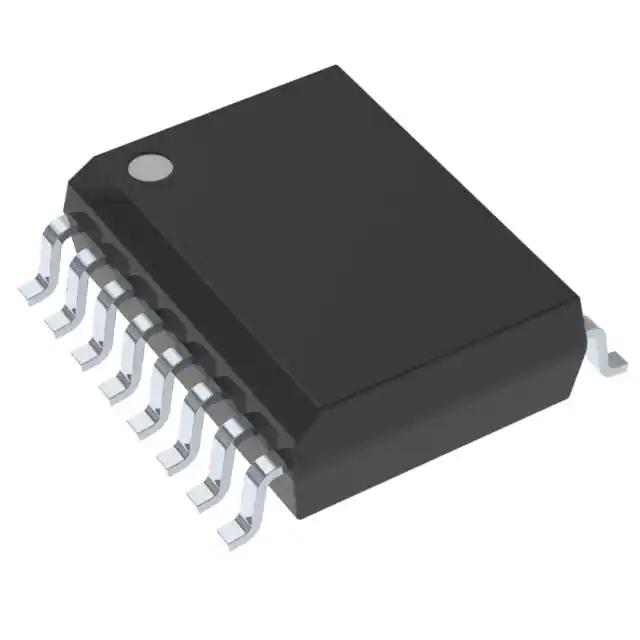
-
PGA2320IDW
Texas Instruments
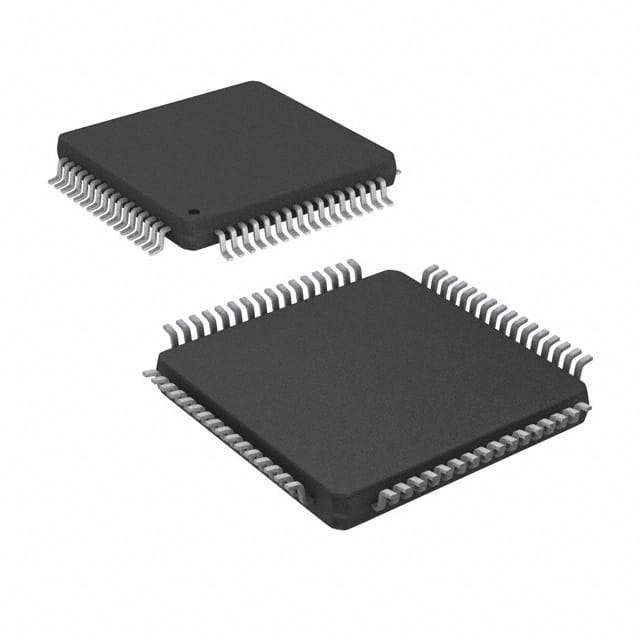
-
SRC4184IPAG
Texas Instruments
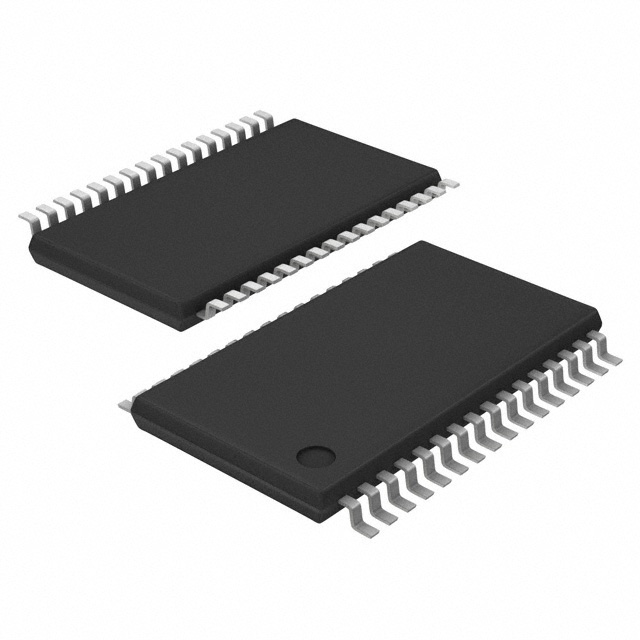
-
MUSES72320V-TE2
Nisshinbo Micro Devices Inc.
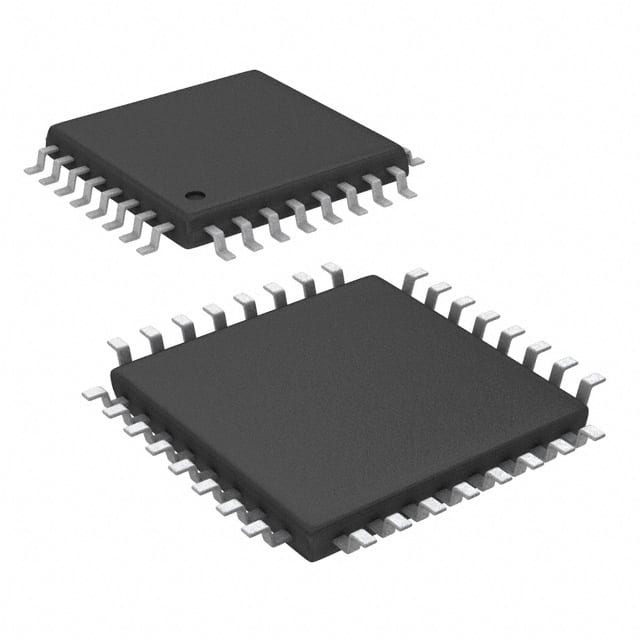
-
PCM2706CPJT
Texas Instruments

- Help you to save your cost and time.

- Reliable package for your goods.

- Fast Reliable Delivery to save time.

- Quality premium after-sale service.
 Upload BOM
Upload BOM

